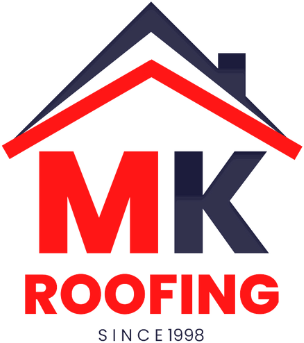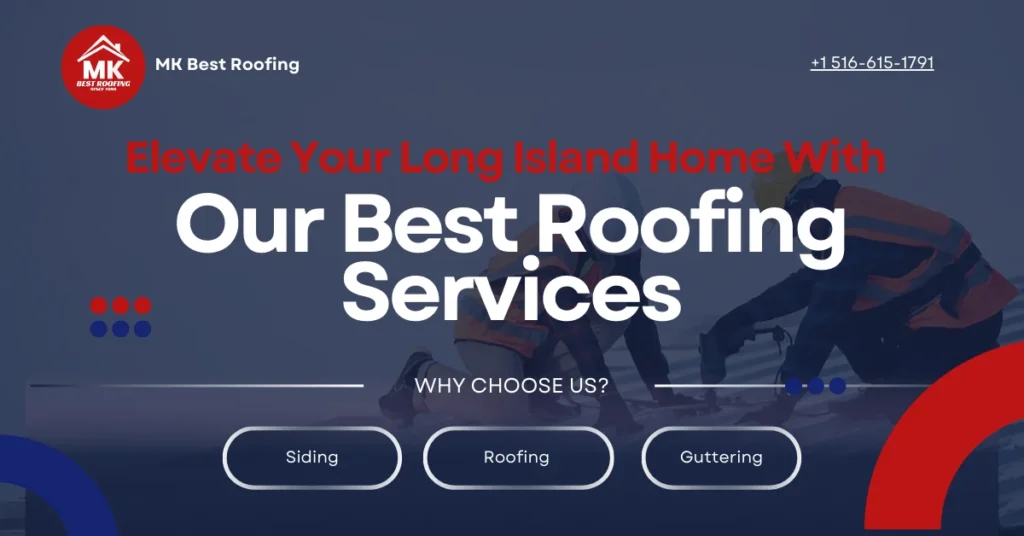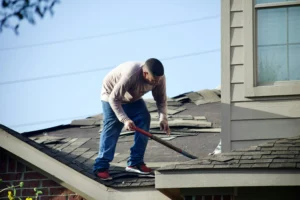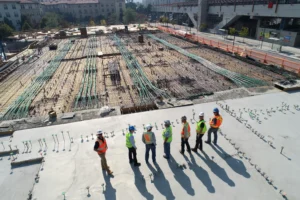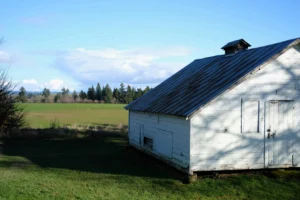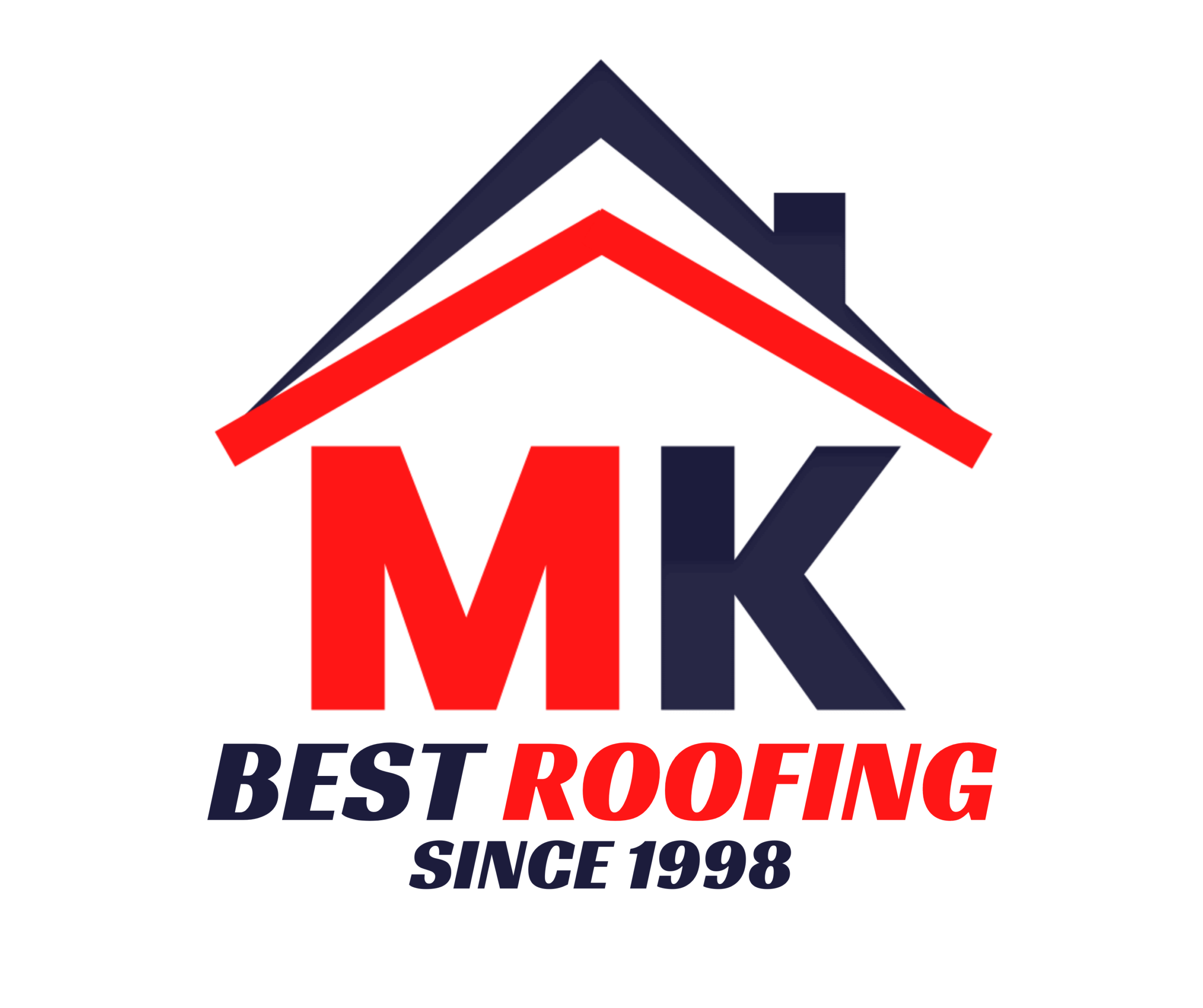Living in Long Island means experiencing a mix of all types of weather throughout the year. From very cold winters to humid summers, your roof bears all the environmental challenges. It is vital for a homeowner to understand how many years a roof lasts in different climates so that you know that your investment won’t go down the drain and ensure longevity for the property. In this detailed guide, we will talk about the factors responsible for roof life, the average life of a roof in Long Island, and when to replace a roof so you can preserve your home’s integrity.
Understanding Long Island’s Climate and Its Impact on Roof Lifespan
Long Island’s climate is characterized by four distinct seasons, each presenting its own set of challenges for roofing materials. The area experiences heavy snowfall during winters while during summers it is extremely hot and humid, and spring and fall seasons are moderate. This variation in the climate is the chief determining factor of how long a roof lasts.
Besides, since it is a coastal location, roofs along Long Island face more aggressive stressors such as salt air, strong winds, and extreme storms. All these factors speed up the deterioration of roofing materials, thereby lowering the lifespan if not maintained well or not constructed correctly with the right material.
Common Roofing Materials and Their Durability in Long Island Weather
The consideration of roof life in Long Island draws one to understand which roofing material is capable enough to perform well in the Long Island weather. Here’s a summary of common roofing materials and their expected lifespan in Long Island conditions:
- Asphalt Shingles: This is one of the most used materials for a roof in Long Island, which lasts anywhere from 20 to 30 years. The premium varieties can last up to 50 years or more.
- Metal Roofing: Metal roofing is known for its durability, and with proper maintenance it can last for a period of 40 to 70 years. It’s even more resistant to wind and rain, making it ideal for Long Island’s coastal areas.
- Slate Tiles: Slate roofs are a luxury and have a life of around 75 to 100 years or more. They do very well under extreme climatic conditions but require a strong roofing framework since slate is heavy.
- Wood Shingles and Shakes: Visually attractive, wood roofing materials generally have a lifespan of around 20 to 30 years Moisture damage and moss can cause problems if not maintained regularly.
- Synthetic Slate: It is equivalent to natural slate. It is lighter, cheaper, and has an overall life expectancy of 40-50 years.
- Concrete Tiles: Highly resistant and durable, a concrete tile roof will last past 50 years in Long Island’s climate with very little damage due to wind and rain.
How Seasonal Changes Affect Roof Wear and Tear
Long Island has diverse seasonal weather conditions, all of which pose a different problem to roofing materials. Being informed of these effects will better prepare homeowners with the knowledge to plan in advance and minimize damage.
The Effect of Winter Storms and Snow Accumulation on Roof Longevity
Winter in Long Island can be particularly harsh on roofs, affecting roof life. Heavy snowfall and ice accumulation directly place an immense level of stress on a roofing system. Wet snow weighs much more than frozen snow; this can sometimes cause structural damage if not attended to. Moreover, the freeze-thaw cycle of Long Island winters leads to ice dams that cause water to back up under the shingles, which further creates leaks and interior damage.
All these winter challenges would have been minimal if proper attic insulation and ventilation were guaranteed to avoid ice dams, if snow guards could have been installed on steep roofs for the avoidance of sudden snow slides, or the regular removal of snow, especially following heavy storms. Hiring professional roofing services for inspections and repairs can also help maintain roof longevity during harsh winters.
Impact of Humidity and Rain on Roofing in Coastal Areas
Long Island’s proximity to the ocean means that there is a lot of humidity throughout the summer months. This highly moist environment encourages algae, mosses, and mold to grow on top of roofing materials, especially if it’s a shaded area, which can impact the average life of a roof.
These eventually destroy the roofing material and allow other forms of rainfall to directly impinge on building elements. Frequent or sustained rainfall during spring and fall further test a roof’s water-shedding capability. Proper drainage is critical to prevent puddling of water on exposed roofs, which in turn may be responsible for leakage and premature wear.
For the problems involving humidity and rain, the algae-resistant roofing materials should be used, gutters and downspouts should be clean and free-flowing, and protective coatings should be applied to improve the water resistance of the facilities.
Wind Resistance: How Long Island’s Coastal Winds Influence Roof Life
Being a coastal region, Long Island experiences strong winds during storms and hurricanes, which can affect roof life. Shingles are often curled and broken off by high winds, which can easily cause leaks and further damages unless promptly repaired. Finally, coastal winds have a high level of salt that increases the corrosion rate in the metal components found in roofing systems.
To enhance wind resistance and extend the average life of a roof, choose roofing materials with high wind ratings, use proper installation techniques such as shingle fasteners, and frequent inspections to identify loose or missing shingles, especially after major weather events. It is also worth pointing out that hiring professional roofing services for routine roof inspections will go a long way and increase the life of roofs in windy conditions.
Sun Exposure and Its Role in Roof Deterioration Over Time
Sun exposure, too, is another important determinant that plays a significant role in roof longevity. Hot summer seasons cause a high level of UV radiation, which, over time, deteriorates common roofing materials, especially asphalt shingles. These will start to dry out when exposed to extended sunlight, resulting in crack and losing protective granules of the shingles, hence affecting the average life of the roof.
To minimize the sun damage and extend its life, choose a light-colored roofing material that can reflect more sunlight. Consider roofing materials with UV-resistant properties, and ensure proper attic ventilation to eliminate the heat buildup. Engaging professional roofing services for regular maintenance can safeguard the roofs from detrimental sun effects.
Signs It’s Time to Replace Your Roof in Long Island
Knowing when to replace a roof is crucial for Long Island homeowners. While regular maintenance can extend roof longevity, there comes a time when replacement becomes necessary. Here are some key signs that indicate perhaps it is already time for a new roof:
- Age of the Roof: If your roof is approaching or has surpassed the average life of a roof for its roofing material, it’s the proper time to consider replacement. For instance, if your asphalt shingle roof is over 20 years old, it’s probably coming close to the end.
- Curling or Missing Shingles: Shingles that are curling at their edges or missing altogether indicate an aging roof. Such damage makes your house vulnerable to leakages and further deterioration.
- Granules in Gutters: Where you see lots of granules (they look like coarse sand) in your gutters, it is a sign that your shingles are deteriorating. It is especially common in older roofs.
- Daylight Through Roof Boards: If you see daylight coming through the roof boards, then this implies that there are holes or the roof may be weak in certain points and needs emergency repairs.
- Sagging Roof : A sagging roof is an important structural problem which indicates leakage or poor ventilation. Thus, it requires an emergency expert response.
- Persistent Leaks: If leaks recur frequently, even after several attempts at repair, it is wise to replace the entire roof rather than patching up once again.
- Energy Bill Spikes: An unexpectedly higher heating or cooling bill might highlight that your roof is no longer providing any insulation, particularly because it has aged or had some damage.
- Moss and Algae Growth: While it’s not necessarily an indicator that it’s time for a new roof, large patches of moss or algae growth may suggest trapped moisture, which will deteriorate the roof over time.
- Storm Damage: After severe storms, especially those common in Long Island, have your roof inspected for damage. Extensive storm damage might necessitate a full roof replacement.
- Neighborhood Trends: If houses in your neighborhood that were built around the same time as yours are opting for roof replacement, it may be a sign that your roof should be replaced too.
- Preparing Your Roof for Long Island’s Harsh Winter Conditions
As winter approaches in Long Island, advance preparation of the roof for it could save you from spending money in repairs or damage. Some important preparations include:
- Comprehensive inspections: It is advisable to inspect your roof or hire professional roofing services to check your roof before winter sets in. Look for signs of damage like cracked, loose, and missing shingles, as well as any signs of water damage or leaks.
- Clean Gutters and Downspouts: Ensure that no blockage exists in gutters and downspouts. This will prevent formation of ice dams, and will allow proper drainage during the melting of snow.
- Trim Overhanging Branches: You should cut off tree branches that hang over your roof. These can snap under the heavy snowfall and damage your roof.
- Check Attic Insulation: Proper insulation in the attic keeps the roof temperature consistent, which aids in preventing ice dams and saves energy.
- Seal Any Leaks: Resolve any leak or weak points in the roof before winter. Small leaks can very easily turn into major ones when exposed to freezing temperatures and snow.
- Snow Guard Installation: You should consider installing snow guards on your steep roof to prevent snow from sliding off all at once, which can be dangerous and cause potential damage.
- Review Your Insurance: Be sure your homeowner’s insurance policy adequately covers winter-related roof damage common in Long Island.
The Importance of Regular Roof Maintenance in Long Island’s Climate
Regular maintenance is key to maximizing roof longevity in Long Island’s challenging climate. Aside from adding to the life of the roof, maintenance will also ensure better performance of the roof. Here are some of the basic maintenance activities to perform:
- Bi-annual Inspections: You can schedule professional roof inspections in spring and fall. Such inspections may be helpful in identifying minor issues before they turn into major problems.
- Prompt Repairs: Immediately treat damage or wear the moment it is detected. Small repairs can avoid more extensive and sometimes very expensive damages later on.
- Keep It Clean: Clear the debris found on the roof frequently, including the gutters. This prevents accumulation of water, which acts as a catalyst in the growth process of moss and algae.
- Interior Signs: Watch for signs from inside your home that indicate roof problems, such as water stains on your ceiling or walls or daylight showing through your roof’s boards in your attic.
- Professional Cleaning: Professional cleaning service, once every couple of years, can assure removal of moss, algae, or lichen growth.
- Proper Ventilation: Proper ventilation of your attic would prevent moisture from building up inside it and keeps its temperature around the ambient air temperature.
- Roof Maintenance Record: Record the date and type of all maintenance and repairs done to your roof. This will be helpful for possible warranty purposes and when you sell your home.
Want Professional & Long Lasting Roofing For Your House?
When it comes to getting a solid and quality roof to withstand the challenging Long Island climate, there simply is no choice except for hiring professional roofing services. MK Best Roofing represents the gold standard for comprehensive roofing in Long Island. We are one of the Master Elite GAFcertified contractors, bringing quality and expertise to each and every roofing project.
By choosing MK Best Roofing, you are not just getting a roof but investing in peace of mind. Our GAF certification enables us to offer industry-leading warranties, which is protection for your investment for years to come. From asphalt shingles to metal roofing, we can handle all types of roofing materials and styles with expertise, always with an eye on maximizing longevity of roof in Long Island’s unique climate.
Conclusion
By understanding the challenges posed by Long Island’s weather and knowing how to take care of your roof can keep this important component of your house servicing with reliable protection for years to come. Regular care, timely maintenance, and professional expertise are going to be your best allies in extending the life of your roofs and protecting your home investment here in Long Island’s dynamic climate.
Remember, when to replace a roof isn’t solely determined by age. Factors such as visible damage, recurring leaks, or major wear should account for much consideration. If you are in doubt about the state of your roof or need expert advice regarding that matter, please do not hesitate to consult professional roofing services such as MK Best Roofing. We will be glad to help you protect your home with a roof that’s built to last, regardless of whatever Long Island weather throws at it.
Frequently Asked Questions:
How often should roofs be inspected in Long Island?
The lifespan of a roof in Long Island varies by material. Asphalt shingles, for instance, start deteriorating after 20-30 years, while architectural asphalt shingles can serve up to 30 years. Metal roofs will last from 40 to 70 years, while the well-cared slate or tile roof can last over 50-100 years. The average life of a roof is determined by installation quality, maintenance practices, and local weather conditions.
How often should roofs be inspected in Long Island?
One can ensure longevity of the roof through regular inspections and maintenance in Long Island. Generally, we advise the clients to have their roofs inspected at least once a year. Additional inspections may be required after the hurricanes or snowstorms to see if the damage occurred from these events. Taking advantage of professional roofing service helps in identifying small issues before they become big expensive repairs, ultimately extending the average life of a roof considerably.
How can I extend the life of my roof in Long Island?
To extend the life of your roof in Long Island, consider implementing a routine maintenance schedule that includes periodic cleaning of gutters, removal of debris, and general inspections will point out any wear or damage within the roofing system. Proper ventilation in the attic and proper insulation prevents heat buildup causing ice dams during winter that can cause damage to roofing materials. Periodic maintenance and timely repairs by professional roofing services will go a long way toward extending roof longevity and preventing premature deterioration.
What factors affect roof longevity?
Several factors, therefore, play themselves out in the longevity of the roof including the quality of roofing materials used, installation techniques, climatic conditions, and regular maintenance it undertakes. Poorly ventilated roofs, for instance, are usually affected by heat buildup inside the roofing layer, which causes them to prematurely degrade from within. Further, regular inspections help in making constant checks on minor issues before they escalate into major ones that may compromise the integrity of the roof.
What is the most durable roofing material for Long Island homes?
The most durable roofing materials in homes in Long Island include metal roofing, slate, and tile. Metal roofs can last from 40 to 70 years, offering considerable resistance in extreme weather conditions. Other extremely durable roofing options are slate and tile, offering life spans from 50 to over 100 years. All these materials may slightly be expensive at the initial stages of installation. The cost factor will even out since they are very long-lasting and require relatively little maintenance.
